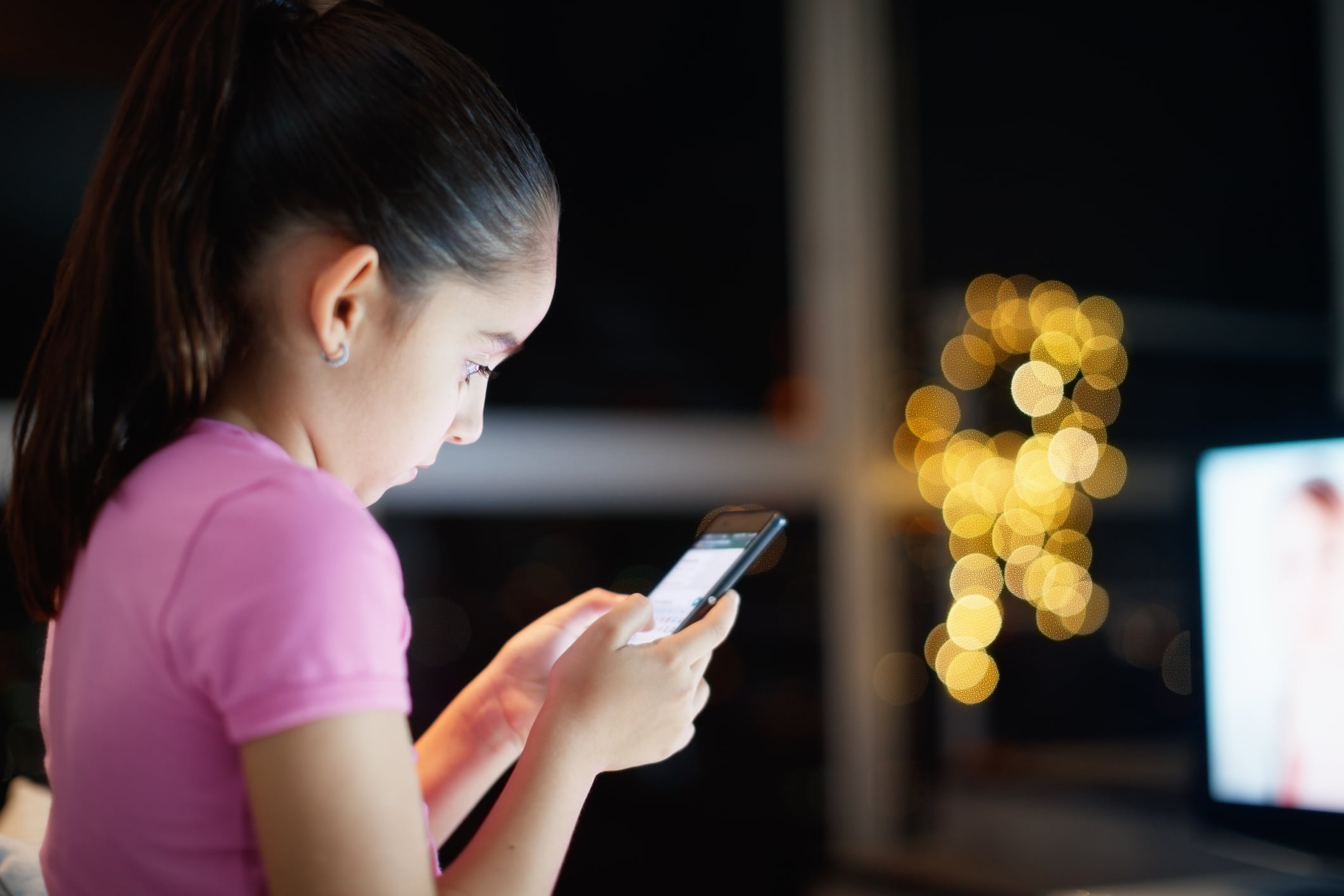
Electronic devices such as phones and tablets are commonly used by children and teenagers. There is a risk of addiction among children and teenagers from these devices. The harmful effects to children, such as less exercise and sleep, are well documented.
We are now beginning to understand the harmful effects these electronics have on a child’s eyes. It is very important to protect the eyesight in the first 10 years of a child’s life since its still developing. It has been known that teenagers on an average spend six hours a day on electronics and the use of screens starts very early in life.
A recent study from Italy has highlighted a likely new condition called Video Game Vision Syndrome related to more 30 minutes of video gaming a day (1). The study looked at children between 3 and 10 years of age and found that 85 percent of young children who used video games for more than 30 minutes a day had eye strain, headaches, blurred vision, and/or double vision.
Also there are now reports of new development of squint or eye crossing in older children with increased electronic use more than six hours a day. Eye crossing can cause a person to see things in a different place from where they are. After avoiding smartphone use, the eye crossing in these children improved, though a few children still needed surgery for correction of eye crossing (2).
Children with major eye strain issues are distracted on school work which improved on decreasing the screen time. Patients with eye problems or new crossing should be questioned about their screen time and use of video games. It is important to make people aware of the harmful effects of too much time on phones, tablets, and video
games especially children as their visual systems are still developing.
- Rechichi C, De Moja G, Aragona P. Video Game Vision Syndrome: A new Clinical Picture in Children? J Pediatr Ophthalmol Strabismus. 2017 Nov 1;54(6):346-355.
- Lee HS, Park SW, Heo H. Acute acquired comitant esotropia related to excessive Smartphone use. BMC Ophthalmol. 2016 apr 9;16:37. Doi:10.1186/s12886 -016-0213-5.









